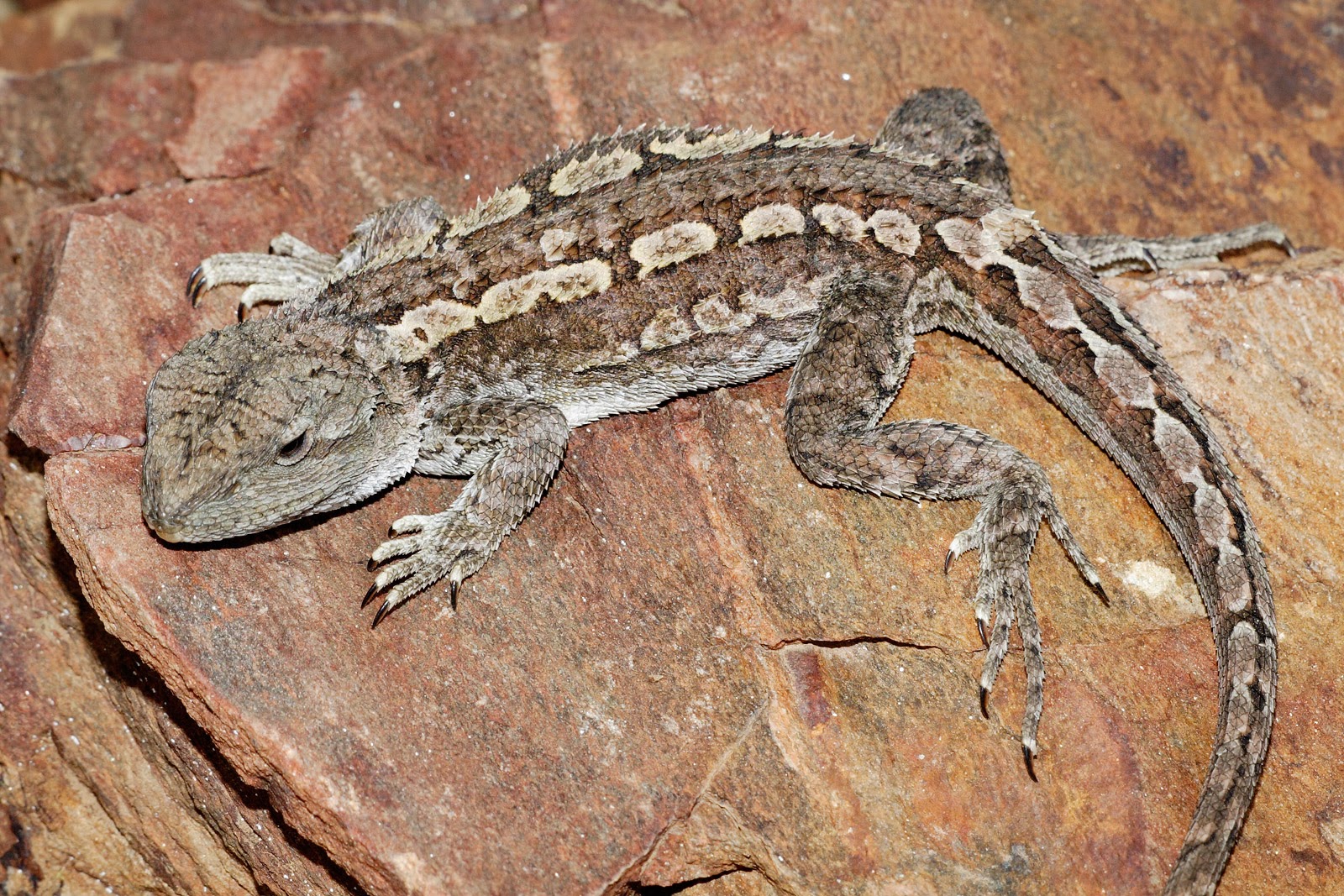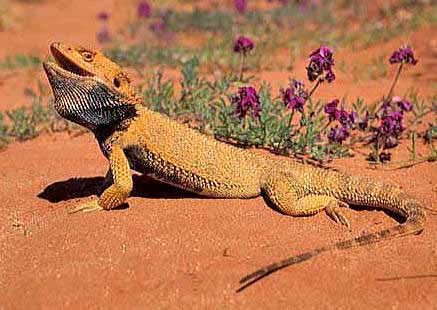Central Bearded Dragon Care: A Beginner's Guide
Introduction
Central bearded dragons are one of the most popular pet reptiles in the world. These gentle giants can make wonderful companions, but they do require proper care to thrive in captivity. If you’re a beginner looking to welcome a central bearded dragon into your home, there are a few important things you should know. In this guide, we’ll cover everything from setting up your dragon’s enclosure to feeding and handling them safely.
Enclosure Setup
The first step to giving your central bearded dragon the best possible care is to create a suitable environment for them. The size of the enclosure will depend on the size of your dragon, but a good rule of thumb is to provide at least 40 gallons of space for an adult dragon. Some experts recommend going up to 75 gallons or more for larger dragons.

Your dragon’s enclosure should be filled with a substrate that is safe for them to burrow in, such as reptile carpet, newspaper, or paper towels. Provide plenty of hiding spots and climbing opportunities, such as rocks, logs, and branches. A basking spot with a temperature of around 100 to 110 degrees Fahrenheit should be provided, along with cooler areas for your dragon to retreat to.
Feeding
Central bearded dragons are omnivores, which means they eat both plants and animals. The majority of their diet should consist of leafy greens and vegetables, such as collard greens, kale, and butternut squash. They should also be offered a variety of insects, such as crickets, mealworms, and roaches. Adult dragons should be fed once a day, while juveniles can be fed twice a day.

It’s important to dust your dragon’s food with calcium and vitamin D3 supplements to prevent metabolic bone disease. Make sure to provide fresh water at all times, and mist the enclosure regularly to maintain proper humidity levels.
Handling
Central bearded dragons are generally friendly and docile pets. However, it’s important to handle them gently and safely to avoid injuring them or causing them stress. When picking up your dragon, place one hand under their chest and the other hand under their tail. Support their entire body and avoid squeezing or pulling on their limbs. Make sure to wash your hands before and after handling your dragon to prevent the spread of bacteria.

It’s also important to note that central bearded dragons can carry Salmonella bacteria. Make sure to practice good hygiene and wash your hands thoroughly after handling your dragon or cleaning their enclosure.
Conclusion
Taking care of a central bearded dragon can be a rewarding experience for a beginner reptile owner. By providing a suitable environment, offering a balanced diet, and handling your dragon safely, you can ensure that they live a long and healthy life. Remember to always do your research and seek out advice from trusted sources to give your dragon the best possible care.
